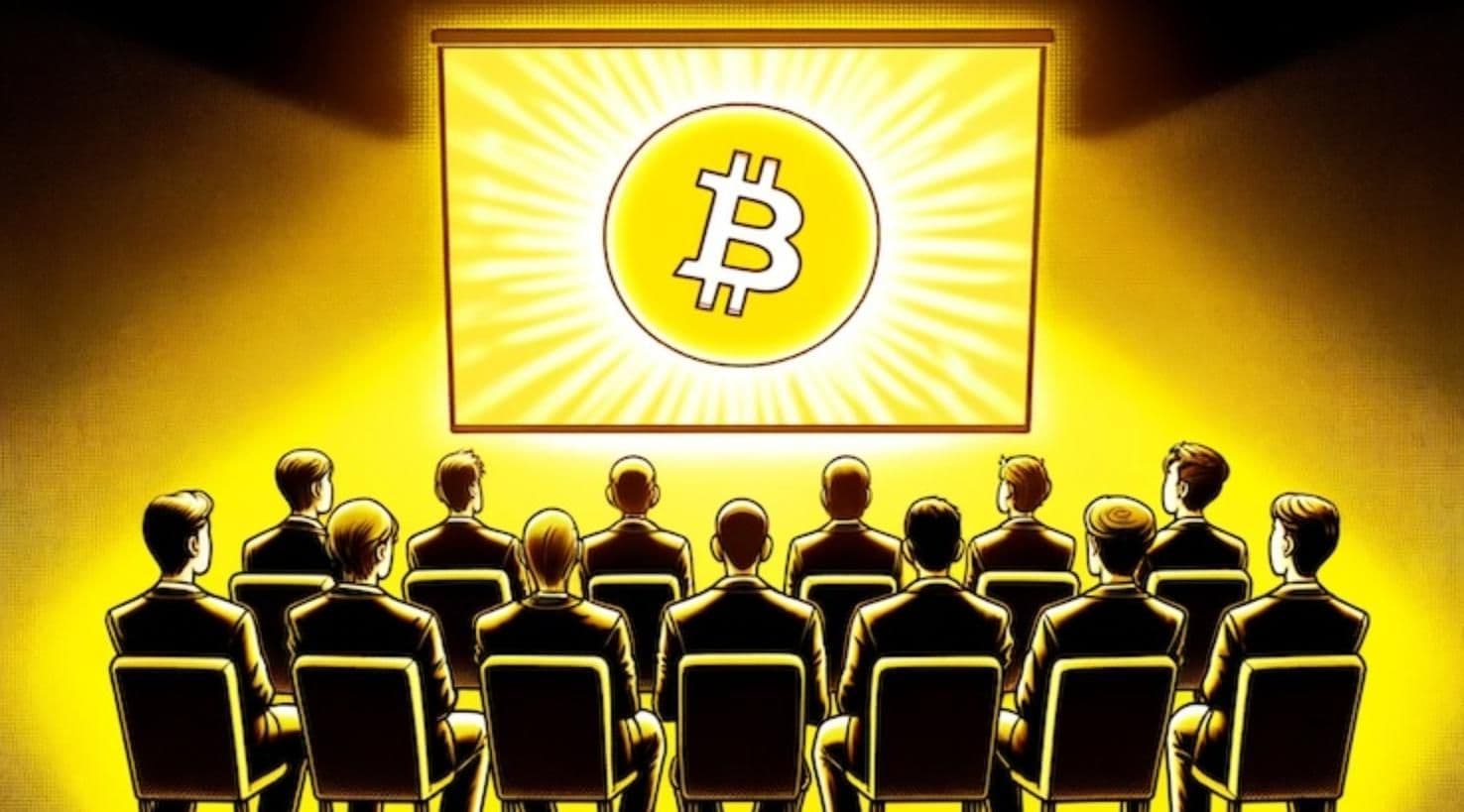Some people just can’t stop telling us that Bitcoin’s next incredible peak is literally just around the corner.
Bitcoin, the pioneer of cryptocurrencies, has been a topic of heated debate since its inception in 2009. While some dismiss it as a speculative bubble, others hail it as the future of finance.
Amidst the cacophony of opinions, there are notable optimists who stand firm in their belief that Bitcoin will revolutionize the financial landscape.
Let’s delve into the reasons behind Bitcoin's volatility, the varied predictions for its future, and highlights ten high-profile optimists who have made bold predictions about Bitcoin recently.
Why predictions vary so much
But firstly let’s try to understand why Bitcoin provides so much basis for a wide variety of predictions.
The legendary volatility of Bitcoin
Bitcoin's price swings are legendary. One day it’s hailed as digital gold, the next, it’s branded as a speculative bubble.
Several factors contribute to this volatility:
- Market Sentiment: News, both good and bad, can cause drastic price changes. Regulatory news, technological advancements, and macroeconomic factors all play a role.
- Liquidity: Compared to traditional assets, Bitcoin has lower liquidity. Large trades can significantly impact its price.
- Speculation: A significant portion of Bitcoin trading is speculative, leading to rapid price swings.
- Regulatory Environment: Uncertainty around regulatory policies globally adds to the volatility.
- Market Maturity: As a relatively new asset class, Bitcoin is still finding its footing, leading to instability.
Reasons why some believe Bitcoin might rise
The prophets of Bitcoin's rapid and explosive growth are not optimistic out of the blue. Their conviction is based on a number of factors that were originally mentioned by Bitcoin's legendary founding father Satoshi Nakamoto.
Here are those few crucial factors:
- Scarcity: With a maximum supply of 21 million coins, Bitcoin's limited supply could drive up prices.
- Institutional Adoption: Increasing interest from institutional investors lends credibility and stability.
- Hedge Against Inflation: Seen as digital gold, Bitcoin is considered a hedge against fiat currency devaluation.
- Technological Innovation: Improvements in blockchain technology and increased use cases boost confidence.
- Growing Acceptance: More merchants and platforms accepting Bitcoin as payment add to its legitimacy.
- Network Effect: As more people use Bitcoin, its value and utility increase.
- Decentralization: Lack of central control makes it appealing in a world of mistrust in traditional financial systems.
- Public Awareness: Greater understanding and media coverage drive interest and investment.
- Global Reach: Bitcoin is accessible worldwide, providing financial services to the unbanked.
- Resilience: Despite numerous challenges, Bitcoin has survived and thrived, demonstrating its robustness.
Ten high-profile predictions for Bitcoin
In the last year alone, many famous personalities have regaled us with a whole set of sparkling predictions about the future of Bitcoin.
Jack Dorsey
The co-founder of Twitter and Square remains a steadfast Bitcoin advocate. Sometimes he predicts that Bitcoin will become the world’s single currency within a decade. Sometimes he just names the number Bitcoin price will reach. Last time it was $1,000,000. Dorsey’s companies have invested heavily in Bitcoin, signaling his long-term confidence.
Robert Kiyosaki
The author of "Rich Dad Poor Dad" believes Bitcoin will hit $500,000 by 2025. Kiyosaki views Bitcoin as a hedge against economic instability and a critical component of financial literacy.
Cathie Wood
CEO of ARK Invest, Wood predicts Bitcoin could reach $500,000 by 2026. She argues that increased institutional adoption and Bitcoin’s role as a hedge against inflation will drive this growth.
Michael Saylor
CEO of MicroStrategy, Saylor has led his company to acquire over 100,000 Bitcoins. He forecasts Bitcoin reaching $1 million within five years, citing its superior store of value properties compared to gold.
Tim Draper
The venture capitalist maintains his prediction that Bitcoin will reach $250,000 by the end of 2024. Draper highlights Bitcoin's increasing adoption and its potential to transform several industries.
Tom Lee
Co-founder of Fundstrat Global Advisors, Lee believes Bitcoin could surge to $200,000 in the next few years. He points to macroeconomic factors and growing institutional interest as key drivers.
Raoul Pal
Former Goldman Sachs executive and founder of Real Vision, Pal predicts Bitcoin could hit $1 million by 2030. He emphasizes Bitcoin’s potential to become the global reserve asset.
Anthony Pompliano
Co-founder of Morgan Creek Digital, Pompliano forecasts Bitcoin reaching $500,000 by 2025. He bases his prediction on the exponential growth of Bitcoin’s adoption and its fixed supply.
Mark Yusko
CEO of Morgan Creek Capital Management, Yusko projects Bitcoin will hit $400,000 over the next decade. He believes Bitcoin's market cap will surpass gold's as it becomes a primary store of value.
Mike Novogratz
Founder of Galaxy Digital, Novogratz predicts Bitcoin will reach $500,000 by the end of 2024. He attributes this to increasing institutional investment and Bitcoin’s fixed supply limiting inflationary pressures.
Conclusion
The future of Bitcoin remains a hotly contested topic, with significant variation in predictions even among its staunchest supporters.
However, the high-profile optimists outlined above provide a compelling case for Bitcoin’s potential to achieve remarkable valuations.
Each of these optimists brings a unique perspective to the potential future value of Bitcoin, often combining a mix of economic insight, technological passion, and sometimes, a good dash of wishful thinking. Their bullish forecasts share a common thread: a firm belief in Bitcoin's transformative potential—a true digital gold rush in the making.
Whether Bitcoin will fulfill these lofty expectations remains to be seen, but its journey will undoubtedly continue to captivate the financial world.

